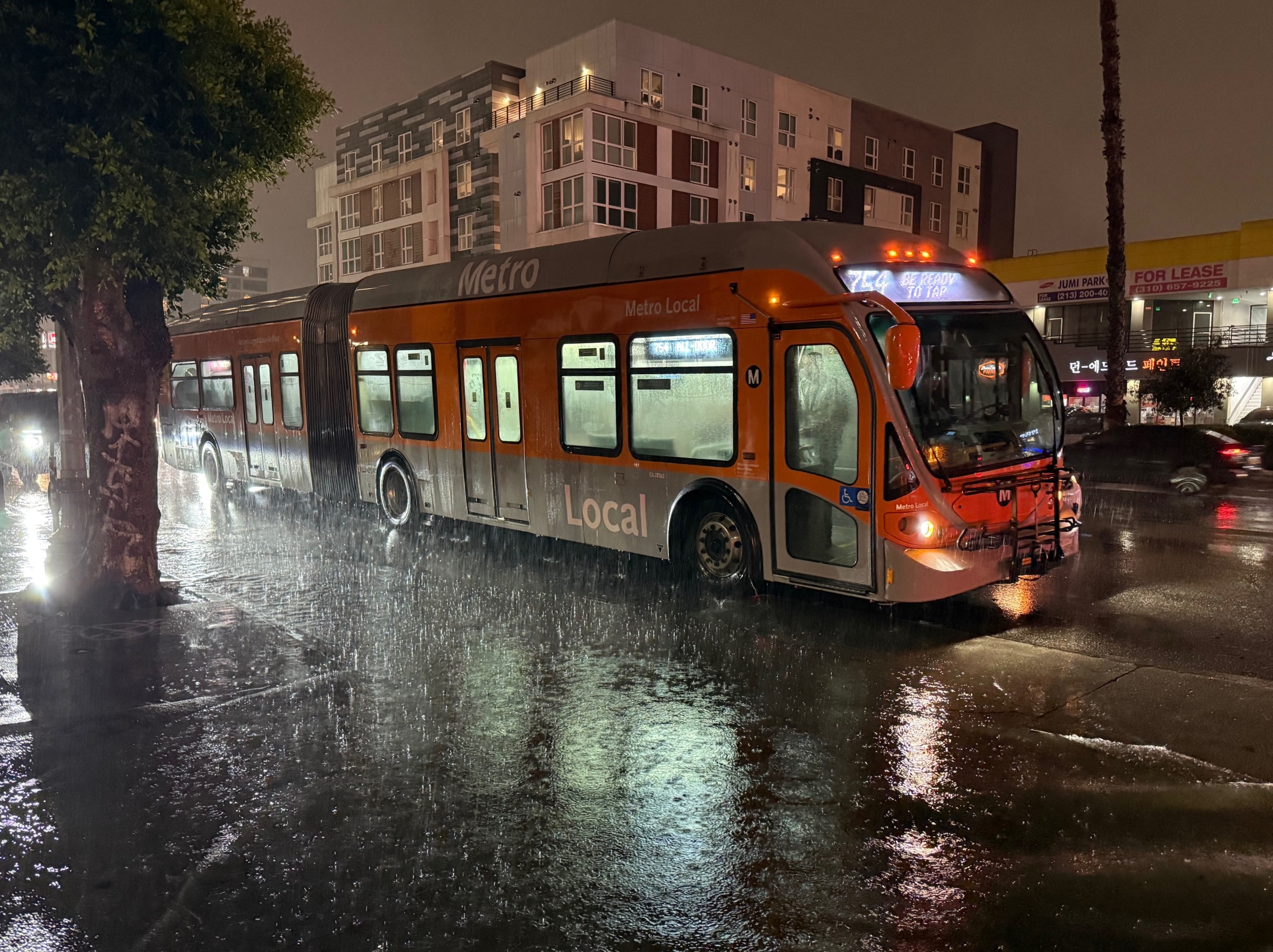 Photo:ImaJedi/Flickr
Photo:ImaJedi/FlickrYesterday, the Metro Board of Directors met for a special meeting to discuss and pass the 2011 Budget. The meeting only took a couple of hours, which compared to the marathon meetings of past years isn't that long. See what happens when you hold these meetings when the Mayor is out of town?
Let's get the controversial issues out of the way. There's going to be a fare hike. Remember that nearly $100 million that Metro wasn't expecting from the State? That, combined, with the expected $24 million from the fare increase and a handful of service reductions will balance Metro's books. That's assuming that nothing goes wrong.
And what could go wrong? Well, the budget assumes no increase in the salaries of Metro drivers and operators, whose contract is up before the end of the fiscal year. To say that I'm sceptical that Metro's negotiators will convince union representatives to keep their salaries flat is an understatement.
Metro is also assuming an economic recovery that leads to an increase in collected sales taxes. In the past two years, the sales tax revenue collected have come in lower than expected, 9% lower, and Metro is expecting half of that to be made up with a 4.5% increase this year. If either the recovery or the "flat salary" of Metro operators doesn't come to pass, the agency could be looking at either more belt tightening or another fiscal crisis before the year is up.
Even as Metro plans major expansion under Measure R it's expecting a ridership decline next year. Fare increases generally lead to small decreases in ridership, but Metro is projecting a 5% decrease which seems a little high. Remember, the increase will only effect 48% of Metro's passengers, so a 5% decline means that 10% of those passengers are going to choose to commute another way. Perhaps the reduced bus and rail service hours have something to do with the high ridership drop? The following chart explains their assumptions.
 From the FY 2011 Metro Budget
From the FY 2011 Metro BudgetIf you're interested in reading more about next year's budget for the largest transportation agency in the county, you can read Metro's press release at The Source (which for some reason I didn't receive until nearly 20 hours after Steve Hymon did...) or you can skip the blogs and head right to the document by clicking here.






